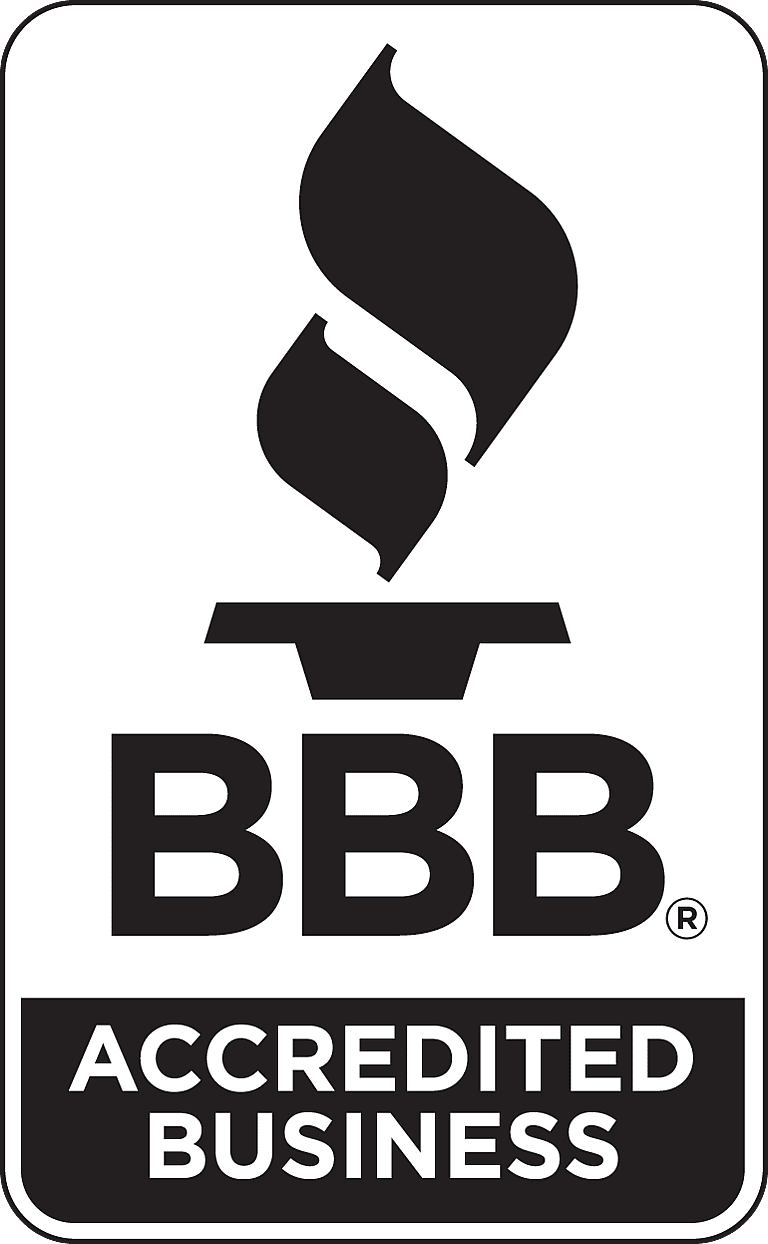
If you take a step back and consider how IT does its work, rather than the tasks it performs, you will quickly see that IT has expertise in a number of areas that are applicable to all parts of the organization. These skills are also of great value to marketing, HR, finance, sales and virtually all other business functions. Imagine the additional value that IT could provide to the company it serves if these internal IT capabilities, such as vendor management, requirements definition and project management was made available to the organization to assist in non-IT related activities. The creation of Centers of Excellence (CoE) can help you define, package and market this expertize to your internal business partners.
The CoE concept begins by assembling a group of your top experts in a specific business activity. This may be in a full-time role or as a specified percentage of their time because of their importance on other internal IT projects. Then, with this group in place, leverage their combined knowledge and expertise to define best practices, create efficient processes, build formalized templates, construct appropriate checklists, and write a group charter explaining how their expertise and created collateral can be used to benefit IT and the overall organization.
The formation of these groups, one per expertise type, has great value from a productivity perspective.
- It saves multiple groups from continually “reinventing the wheel” by defining the same process again and again.
- The processes created by CoE are most likely more efficient than processes created on the fly by less qualified individuals.
- It facilitates process consistency, because everyone is following the same defined processes.
- A governing body exists to enhance the created processes and innovative ideas and process corrections are defined.
With your CoE created and your processes and documentation created, your next step is to begin packaging and marketing these internal IT capabilities to other parts of the company.
If successful, it can dramatically enhance IT’s reputation within the company as a business partner and maximize the productivity and effectiveness of both IT and the organization it serves. Examples of these Centers of Excellence include the following:
- Cloud enablement services: This CoE helps their business partners find, select, purchase and implement cloud-based solutions. These services include product selection, compliance assessment, due diligence reviews, technical connectivity, internal process reengineering and data management.
- Social media services: This CoE provides consultation on how to use social media type products to enhance internal operations, knowledge distribution, internal communication and external client engagement.
- Big (and small) data analytics: This CoE works with internal business partners to find data sources, collect and store data, establish Hadoop repositories, write requested data extraction algorithms, and provide needed end user analytical and data visualization tools.
- Mobility: This CoE works with groups throughout the organization to assess the viability of mobile solutions to enhance internal operations and/or customer experience. Once defined, they can assist in the construction and/or outsourcing of defined solutions.
- Business case definition: More than any other organization, IT has always worked tirelessly to clearly define its projects’ scope, assumptions, constraints, risks, cost, benefits and return on investment. These skills, combined with IT’s knowledge of internal business functions, can be of great value to IT’s business partners who are trying to justify funding for business-related initiatives.
- Service-level agreement (SLA) definition: SLA is a concept primarily used by IT as a way of setting vendor expectations and then measuring their ability to deliver. This concept can also be of great value in non-IT related areas, for example, the number of warm leads given to the Sales organization form a cold-call marketing company. An SLA CoE could help all parts of the organization define their specific vendor needs in a way that facilitate both comprehensive contractual agreements and specific measurable performance metrics. Specific SLA type items to consider include transaction volume, timeliness, security, escalation procedures and training.
- Vendor management: IT by its nature, deals with virtually every type of vendor. We purchase equipment from manufacturing firms, like IBM, Apple and Dell. We purchase software products from companies like Oracle and SAP. We purchase services from both consulting companies and knowledgeable individual contributors. We also hire cloud-based services. Because of high dollar amounts of IT products and services and because IT has been doing this for years, we have created finely tuned procedures and very deep expertise in vendor management. Our business partners also buy products, services and cloud-based products and very possibly they could benefit by IT assistance and/or mentoring.
The number and types of CoEs that IT can create for internal and company-wide use are only limited by the available resources to staff them and the imagination of IT as to what core services would be of value to multiple organizational subgroups. As you consider what types of CoEs are best for your organization, first, make an honest assessment of your organization and cross reference the needs of your organization. When your group’s skills and your business partner’s needs align, both IT’s reputation and business user productivity are enhanced.

